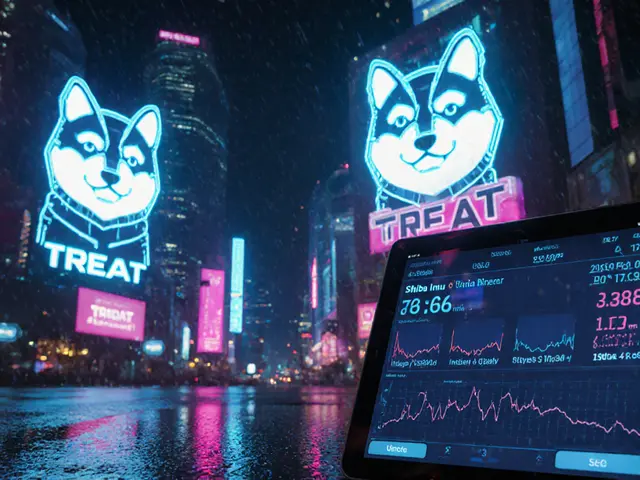
Jinance Fees Explained – What You Need to Know
When working with Jinance fees, the charges applied by the Jinance crypto exchange for trading, withdrawing, and converting assets. Also known as Jinance charge structure, they directly affect how much you pay when moving crypto on the platform. Understanding these fees helps you compare costs, avoid hidden expenses, and plan your trades.
Cryptocurrency exchange fees, the various types of costs that any exchange may charge, such as maker, taker, deposit, and withdrawal fees form the backbone of the Jinance fee model. Most exchanges use a maker‑taker system where makers (limit orders) pay less than takers (market orders). Jinance follows this pattern, offering lower rates for high‑volume makers. If you know how the overall fee structure works, you can time your orders to save a few bucks on each trade.
Network transaction fees, the fees paid to blockchain miners or validators to confirm a transaction on the underlying network also play into Jinance’s pricing. When you withdraw Bitcoin or Ethereum, Jinance adds a network fee on top of its own withdrawal charge. The size of this fee fluctuates with network congestion, so checking current rates before pulling funds can prevent surprise costs.
How to Keep Your Jinance Costs Low
One of the simplest tricks is to become a maker whenever possible. By placing limit orders that sit in the order book, you qualify for the lower maker rate, which can be half or even a third of the taker fee. If you trade often, aim for the VIP tier that Jinance offers; higher volume unlocks deeper discounts, sometimes down to 0.05% per trade. Most users overlook the fact that Jinance also reduces withdrawal fees for VIP members, making large moves cheaper.
Another lever is timing. Network transaction fees spike during heavy usage, especially on Ethereum. If you can afford a short delay, schedule withdrawals when gas prices dip. Jinance’s fee calculator, available on the dashboard, shows a blended cost that includes both the exchange’s charge and the current network fee, giving you a clear picture before you click “withdraw.”
Don’t forget the hidden costs of fiat on‑ramps. Converting dollars to stablecoins inside Jinance incurs a spread that can be a few basis points higher than the headline rate. Using an external on‑ramp with a tighter spread and then moving the stablecoin into Jinance can shave off extra dollars, especially for large amounts.
Regulatory compliance also adds a layer of cost. Jinance must follow KYC/AML rules that sometimes require additional verification steps. While these steps don’t directly increase the fee percentage, they can slow down withdrawals and lead to temporary hold fees if you trigger a review. Keeping your profile fully verified from the start avoids those delays.
Finally, compare. Jinance isn’t the only exchange with a competitive fee schedule. Look at rivals like Binance, KuCoin, or Fastex to see where they offer lower maker rates, better withdrawal discounts, or more generous VIP programs. By benchmarking, you can decide whether Jinance remains the best fit for your trading style.
Below you’ll find a curated list of articles that dive deeper into each of these topics – from detailed fee breakdowns to step‑by‑step guides on optimizing your costs on Jinance and other platforms.




